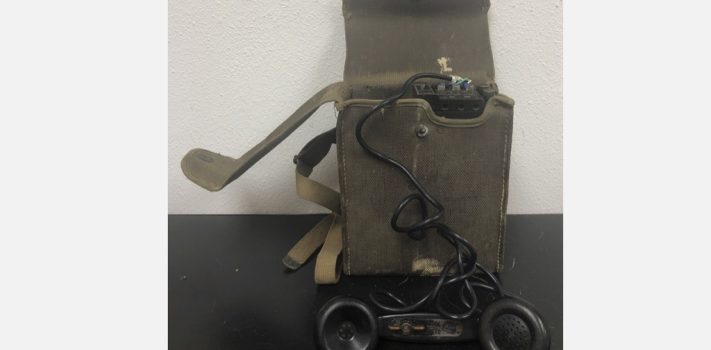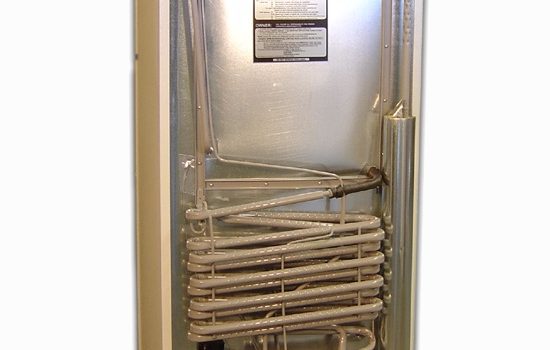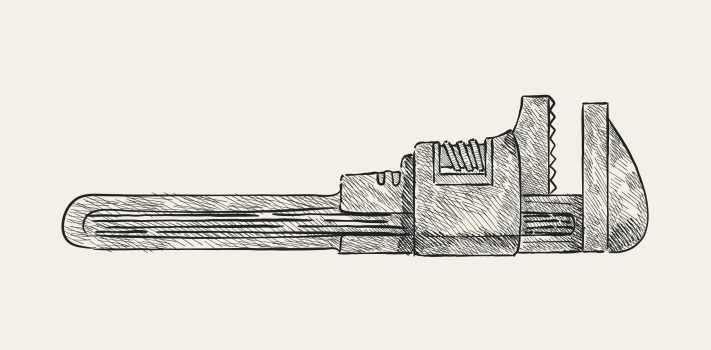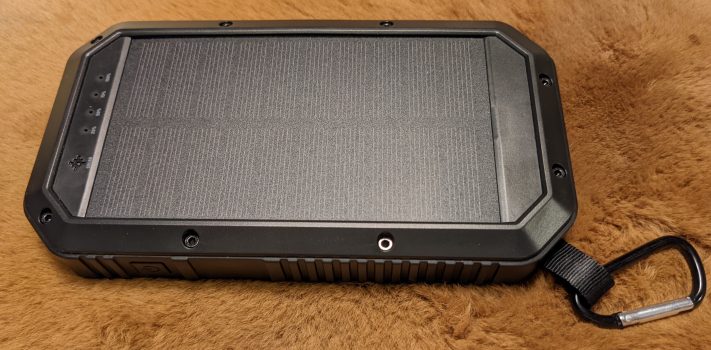Because I know how easy it is to use a USB SDR Dongle (a poor man’s spectrum analyzer) to find radio transmissions, and how drones might be used to DF signals, I’d rather use hard wire field phones whenever possible, and certainly on those occasions when, or if a drone might be in my remote area. Using low-powered transceivers and directional antennas can be effective in most situations. But in extreme situations, I would use a field phone if at all possible, and to conduct daily communications with LP/OPs, and with neighbors.
Field phones are part of my commo plan and will be used alongside transceivers and at our primary LP/OP. It would become the primary means if the threat condition were very high. Transceivers would still be useful, but only in a tactical situation. With a field phone, normal conversations can occur as it is truly a secure means of communication. And these can be used from house to house as an intercom, as well. If at all possible, it is best to lower our RF footprint to the bare minimum. Not only are field phones incredibly durable, but they also use a negligible amount of power — far less than a transceiver.
Old Tech, But Reliable
Recently, I acquired two EE-8 field phones in remarkably good and refurbished condition in exchange for some radio work. They were both manufactured in 1944. Inspection of the internals found them to be in excellent condition. There was no corrosion at the battery connections, and none of the wiring was found to be brittle or cracked. They appeared to be all original, but it was likely that the handset cords had been replaced. After watching a few videos on these phones, I was able to test and diagnose the cause of the weak audio. The cause was that the transmitter (the mouthpiece) was not working to its full potential. This video provided excellent instructions on how to test these phones: WW2 EE-8 TS-9 Handset Testing and Rejuvenation Tips for Earpiece & Mouthpiece.
To order replacement parts, I simply called Steve Hilsz on the phone, at: 520-370-3267. The service was outstanding. Here is a link to his website: Phonesurplus.com.
Here is a good-looking example of an EE-8-B that is very similar to mine. It was likely refurbished in recent decades. These phones are impressively rugged and simple. If there is an issue, it is often the ‘receiver’ (earpiece) or the ‘transmitter’ (mouthpiece). These are available at phonesurplus.com (Steve Hilsz) for only $$3.50 for the earpiece, and $2.50 for mouthpiece (transmitter). I purchased two sets. Including shipping, the total was just $16.50.
It is easy to test these phones. Simply install two standard D-sizebatteries, and operate the toggle switch to talk. If you can hear yourself, then the phone works. If there is any problem with the phone, I would consult with phonesurplus.com. Steve Hilsz likely can send you the correct replacement part, or do the repair himself. These are simple devices. I am confident that I could disassemble and replace any part of these phones myself, but if sent to a technician who had the parts available, the phone could be refurbished as needed.
I found WD-1 field telephone (“commo”) wire still widely available on eBay and at a military surplus store, Army Surplus Warehouse in Idaho Falls.
Remote Transceiver Operation
 I found another very interesting video. If one could potentially be DFed, I would want to operate a transceiver remotely — and no less than 500 meters away from a base station. Either the EE-8 or the newer TA-312 (pictured at left) could operate a transceiver from many miles away. This demonstration shows us just how easily it can be done using most field phones and a common and inexpensive transceiver: FIELD PHONE OPS: Remoting a VOX Radio Using a TA-312.
I found another very interesting video. If one could potentially be DFed, I would want to operate a transceiver remotely — and no less than 500 meters away from a base station. Either the EE-8 or the newer TA-312 (pictured at left) could operate a transceiver from many miles away. This demonstration shows us just how easily it can be done using most field phones and a common and inexpensive transceiver: FIELD PHONE OPS: Remoting a VOX Radio Using a TA-312.
















